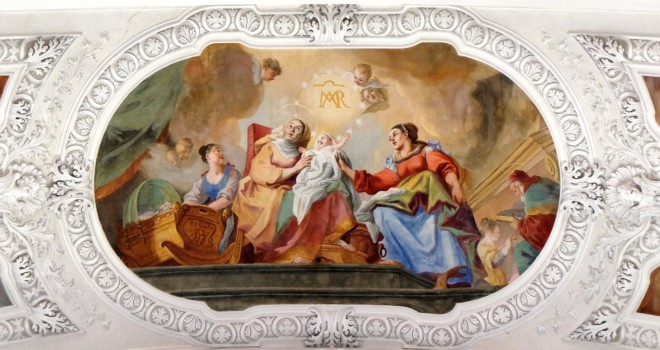In astronomy, there are three gradients of dawn. Even before the sunrise that we all know, when the sun climbs over the horizon and is visible to the naked eye, there are three distinct pre-stages. Civil twilight is the stage immediately before sunrise. During this time, all but the brightest stars are obscured by the sun’s light and you can move around outside without the aid of artificial light.
Prior to civil twilight comes nautical twilight. At this point, more stars are visible, and you may need a flashlight to get some things done, but it’s clear that dawn is coming. Night is over and the air quickly fills with luminescence.
The very earliest measurement of dawn, the very first glimmers of light, the moment when night officially ends and the new day begins, is called astronomical twilight. At this point, the stars are still mostly visible, you wouldn’t be able to get very far outside before you crashed into something, but the sun is just close enough to the horizon for total darkness to be banished. Human eyes aren’t sensitive enough to perceive much of a change in brightness, but some animals can. Birds, in fact, begin dawn chorus during astronomical twilight. Still too dark to eat, but light enough to triumphantly announce the survival of another night and the arrival of a new day, birds will fill the air with boisterous song the joyfulness of which may be dependent on how much human listeners like waking up at 4 am.
In 1974, Pope Paul VI’s Marialis Cultus referred to the Nativity of Our Lady as “the dawn of salvation”. A weary world, longing for the Divine light of Christ, the people walking in darkness, waiting for the “great light” of Isaiah’s prophecy, experience an astronomical twilight of sorts with the birth of Mary. We still stumbled around in the dark, but with Our Lady’s birth, the night was officially over, and every moment brought the Son closer and closer.
The oldest surviving documentation of the Church celebrating Mary’s birth comes from a hymn dating back to the sixth century. Recognition of, and appreciation for Our Lady’s astounding compliance with God’s will dates back much farther, though; the Protoevangelium of James, which includes a lengthy nativity account of Mary, has been dated to sometime before 200 AD. From the beginning of the Faith, it seems, followers have taken Christ’s words from the Cross to heart and taken His mother as our own.
Though the celebration of one’s own birthday wasn’t a widespread practice in ancient Jewish cultures, it did exist in others, particularly Egypt. As Christianity spread beyond Israel, new converts expressed their affection for their spiritual mother in creative ways. It’s believed that the placement of Our Lady’s birthday was a nod to the civil new year as observed in Constantinople — on September 1st. Mary, seen as the astronomical twilight of salvation even before Pope Paul VI, was lovingly assigned a birthday at the dawn of the new year.
Later, after the Eastern Church introduced Rome to the custom of celebrating Mary’s Nativity, the date of her conception was assigned using the September 8 birthday already in popular use.
Much like songbirds who joyfully announce the coming of dawn, Mary’s birth has been seen as a glorious sign of Christ’s arrival. St. Andrew of Crete wrote about Our Lady’s birth all the way back in the 600s. He declared, “This radiant and manifest coming of God to men needed a joyful prelude to introduce the great gift of salvation to us…Darkness yields before the coming of light.”
In 430, St. Maurilius of Angers, France reported that, in the very earliest moment of dawn, he heard angels singing in heaven. When the saint asked why this heavenly chorus, he was told that it was in celebration of Our Lady’s birth, which had taken place on that day centuries before. As the birds announce the arrival of dawn, as night ends with the very first, almost undetectable glimmers of sunlight, so is Mary’s birth to the faithful.
May Our Lady’s birthday be a moment for all of us to pour forth a joyful noise, a triumphant song that night is ended, and the light of Christ is upon us. As the entrance antiphon at Mass today puts it: “Let us celebrate with joyful hearts the birth of the Virgin Mary, of whom was born the Sun of Justice, Christ our Lord.”
✠
image: Zvonimir Atletic / Shutterstock.com













